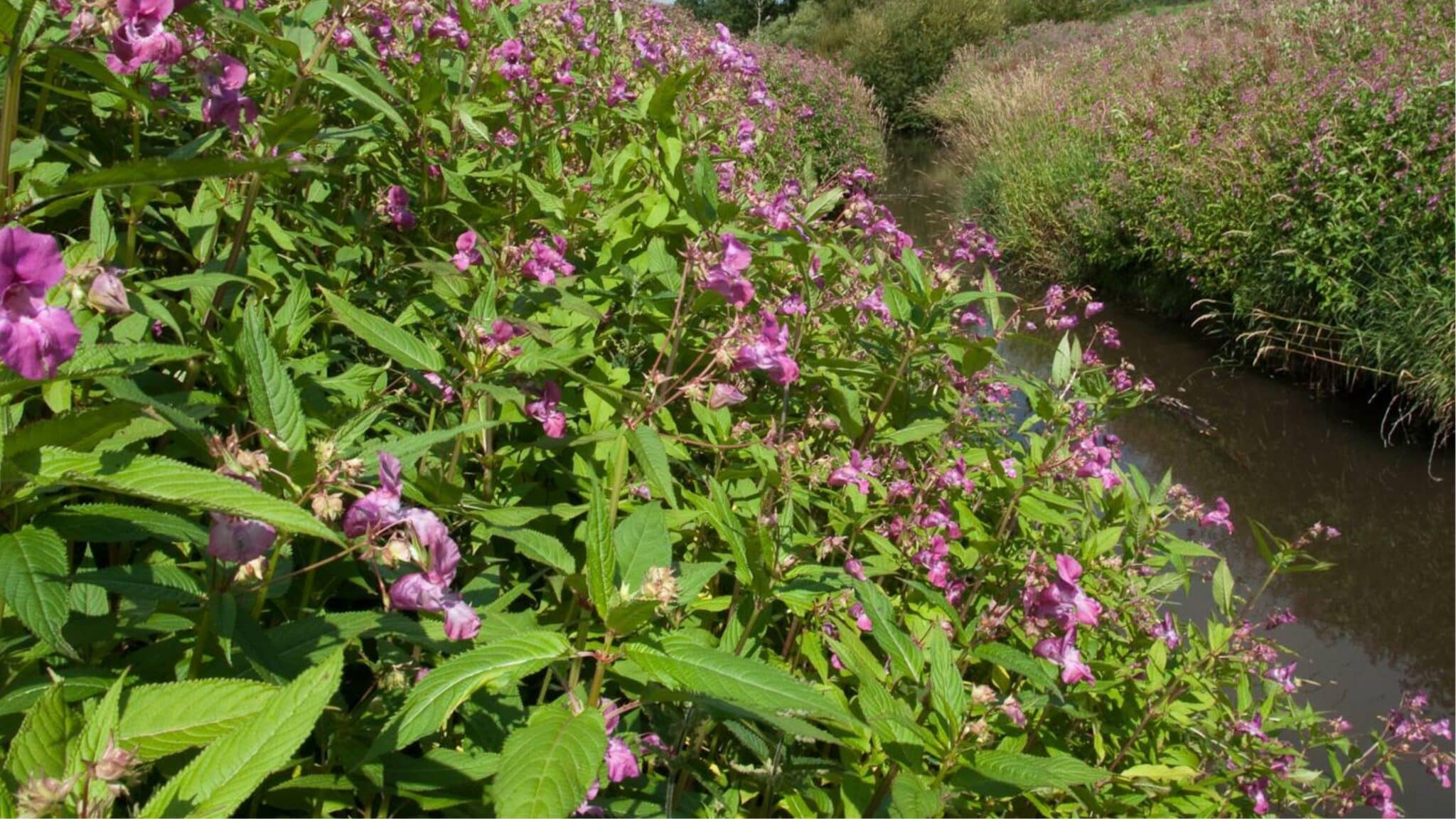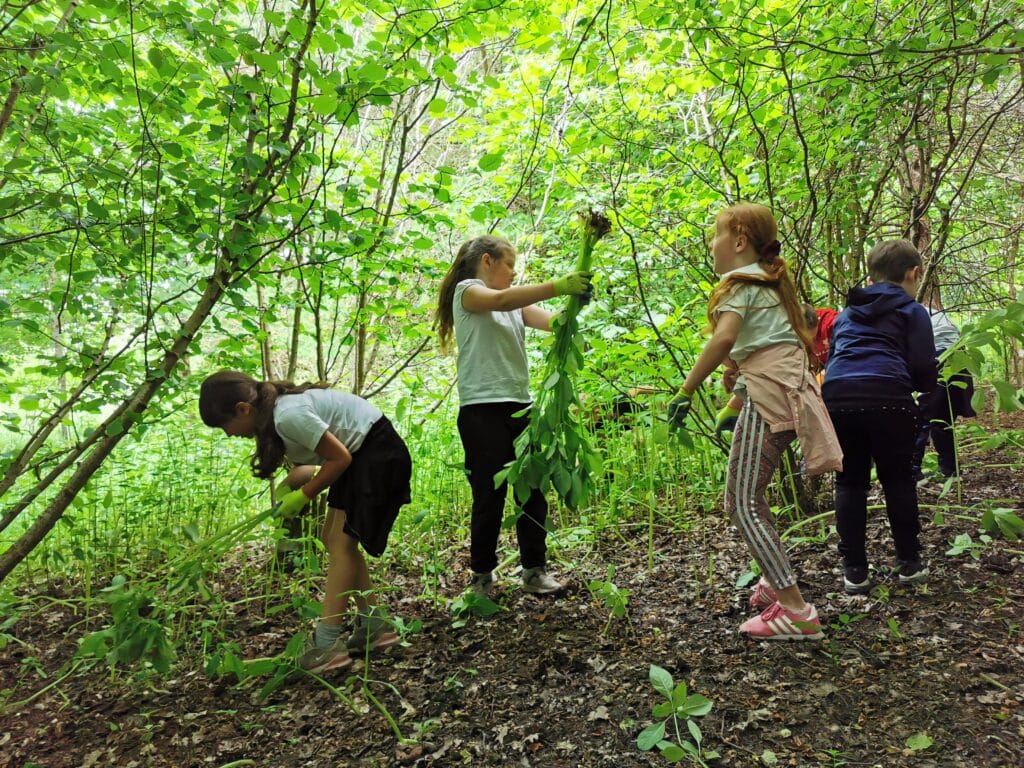
Invasive Non-Native Species
Invasive non-native species are a growing problem in the UK, and they can have serious impacts on the environment. These species, which have been introduced from other parts of the world, can outcompete native plants and animals, disrupt ecosystems, and damage infrastructure.
Are Invasive non native species a problem?
Non-native species aren’t a problem as such. Many well known and much loved trees, flowers, and animals are non-native and don’t cause problems. Take the horse chestnut, or conker tree. These are not native to the UK, but they happily grow in our climate and are a welcome addition to our flora and fauna.

The problem is when non-native species begin to outcompete native species. One great example of this is our native white clawed crayfish and the American signal crayfish. Signal crayfish are much larger, faster growing, and much more aggressive than our native crayfish. So, their introduction has led to a massive decline in white clawed crayfish, who simply can’t win the battle for food or territory. Non-native species can also carry diseases. Signal crayfish carry crayfish plague, which is 100% lethal to the native white-clawed if contracted.
Many species are problematic for our rivers including the signal crayfish, American mink, zebra mussels, Chinese mitten crabs, water primrose, floating pennywort, Japanese knotweed, and giant hogweed. However, our biggest issue in the Ribble catchment is Himalayan balsam.
Himalayan balsam, also known as Impatiens glandulifera, is a tall, fast-growing plant that was introduced to the UK in the mid-19th century. Originally brought over as an ornamental plant, it quickly became established in the wild. Now it is one of the most widespread invasive species in the country.
One of the main reasons that Himalayan balsam is so problematic is its ability to outcompete native plants. It grows rapidly, and can grow up to three meters tall, shading out other plants and reducing biodiversity. This can have serious consequences for the animals that depend on these plants for food and shelter.
Is there any stopping this species?
Himalayan balsam is also particularly damaging to rivers and waterways. Its large, shallow roots mean that it can grow in and around watercourses, and its ability to grow quickly means that it can quickly form dense stands along riverbanks. When these stands die back in the winter, they leave bare soil. This is then easier for water to erode, leading to an increase in siltation and flooding. This can have a serious impact on fish populations, as well as on the infrastructure that relies on these waterways.
To combat the spread of Himalayan balsam, it is important to remove it from affected areas. This can be by hand, by pulling up the plants by hand, or by using herbicides. However, it is important to note that the use of herbicides should only be used as a last resort. It is not something that we use against Himalayan balsam.
Every year our volunteers work tirelessly to remove Himalayan balsam. Pulling up strategic patches in the hope of bringing the species under control. You can help by joining them, watching the video above so you can learn how to pull balsam yourself, and making sure you always Check, Clean, Dry.


